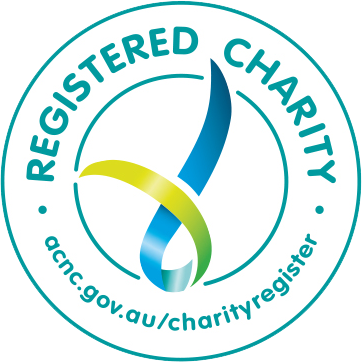As promised by our state’s new Heath Minister, The Honourable Roger Cook, the report into staff morale at WA’s Child and Adolescent Health Service can be found publicly on this link on WA Health’s website. Confusingly, it is noted as confidential- a sign of how recent this edict of transparency by the Health Minister is.
As Executive Director of the Health Consumers’ Council, Saturday 10th June was my first opportunity to see the report, despite contacting WA Health back in March 2017 to offer assistance to ensure the consumer voice was part of the review they were to undertake.
Having now read through the report, these are some considerations:
Staff Morale is clearly a patient safety issue
The report begins with highlighting the link between staff morale and patient safety, including the sentence on page three in bold typeface:
‘organisations with a highly-engaged workforce perform better on safety, quality and patient experience measures’
And then, patients are barely mentioned again, until page 12 in the section of the report entitled “Impact on Quality of Care.” Here the Consumer Advisory Councils finally get a mention and make positive comments about increased engagement under the executive management that is the target of the report. They also note concerns regarding adverse media about staff morale diminishing patient confidence in attending to seek help.
While the report states there has been no evidence found of patient safety issues, there is a perception among staff of under-reporting of clinical incidents:
‘Also of concern were comments by some staff that the current culture was not conducive to the reporting of clinical incidents and that they believed under reporting was prevalent, inferring that any risk to patient safety was not being adequately captured.’
It then highlights that there has been an increase in the number of incidents reported, which could also infer that if there is under-reporting, then indeed there may have been impacts on patient safety.
Patient Opinion
While acknowledging the very dedicated and effective members of the Councils, I would note that as a former Community Advisory Council member, I was often plagued with doubts that I understood the current issues facing patients and families on the wards that very day. Members of Consumer or Community Advisory Councils work hard to understand the complexities of the health system to provide useful input. Being able to code-switch between the worlds of lived experience and the health system is essential to being effective.
But also vital is the experience of patients and families on the wards who are not fluent in health-speak. Health Consumers’ Council urges any patients or families who would like to tell their recent stories about any Child and Adolescent Health Service, positive or negative, to access the Patient Opinion website to do so. This moderated platform provides the opportunity for patients and families to provide anonymous feedback to promote an ongoing, transparent, quality conversation about our health services. It may ensure patient feedback is received that would have otherwise be lost from the conversation as health service complaints processes that can be hard to access. Also, their outcomes are hidden from public view.
Have we got the right target?
The Governance paragraph on page 10 has one sentence that gives pause:
‘Many staff related the changes in leadership style and tone to the current CE (Chief Executive) and his new executive structure; however others report that there has been a history of poor communication and transparency in style that has been in place for many years and is not attributable to this.’
While Professor Frank Daly has already fallen on his sword so to speak, there is a doubt in my mind that this is the actual basis or crux of the matter. We all need to keep a watching brief on this.
What happens to the patient outcomes?
The report has noted that:
‘The reviewers believe that this risk [to patient safety] will become realised, if the recommendations are not actioned.’
Implementing recommendations can sometimes be as elusive as sticking to a new diet. The goodwill may certainly be there, but without some kind of transparent tracking of progress, there is always the risk the report will remain rhetoric rather than reality. While Recommendation 1 has already been actioned, there are another 15 that need attention.
It is notable too that there is not specific recommendation addressing how the Child and Adolescent Health Service will partner with consumers to address this staff engagement/ patient safety issue. Despite our national hospital and health service accreditation benchmark of consumer engagement, Standard Two -Partnering with Consumers, consumers are often asked to the table last, and somewhat reluctantly. It is notable that the Child and Adolescent Health Service Board does not have a member who might reasonably be acknowledged by those in WA who know each other (i.e. all of us) to have strong, independent consumer advocacy credentials.
It can be said that expertise lies at both ends of the stethoscope, and in the case of the Child and Adolescent Health Service, it could be argued that neither end has had the power or voice of the health administrator. The Health Consumers’ Council sees the opportunity for effective partnerships between consumers and front line clinicians to drive ongoing in health reform and safety and quality initiatives. Consumers continue to be a massive, untapped resource in health system reform.
Pip Brennan | Executive Director | Health Consumers’ Council | 0406 290 923




